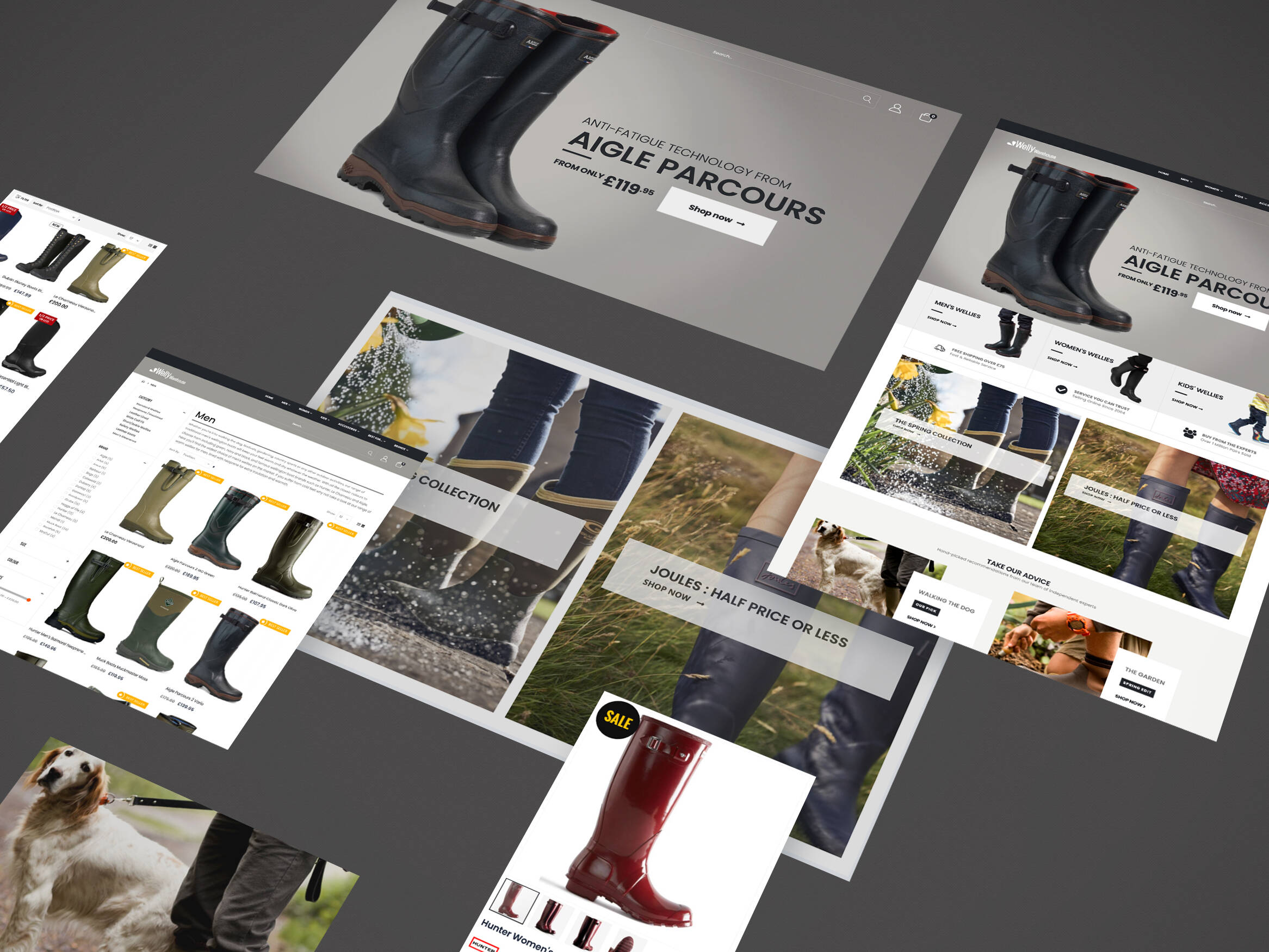“But I’m only going to wear it for this one wedding…”
Wardrobing is becoming more popular each year. It’s the practice of buying an item, using it and then returning it. Expensive clothing is the most popular sector we see wardrobing but it isn’t limited to clothes. People will wardrobe nearly anything including tools and electronics. A survey by Voucher codes suggested one in six women are “wardrobing”.
On the high street many stores have changed their returns policies to combat this. For example refusing returns for Christmas decorations or wedding dresses. Online retailers are unable to implement such policies due to the distance selling regulations.
A recent BBC television programme tested wardrobing with three major retailers – John Lewis, House of Fraser and ASOS. All three companies accepted the returns without question, despite all clothes showing signs of wear.
So why are online retailers still accepting returns?
Online competition is high. In a highly competitive market the consumer holds the power. Internet retailers often rely on positive reviews to create consumer confidence when ordering. Negative reviews have a higher cost to online retailers than accepting returns that have been used.
Online prices are on average 20% lower than their high street counterparts. On top of this, often the online retailers need to absorb shipping and returns costs. Retailers could place these additional costs onto the consumer but would heavily impact their conversions. Absorbing these costs are often at a benefit for increased conversions.
What can online retailers do about wardrobing?
Unfortunately there is very little online retailers can do to combat this phenomenon.
The distance selling regulations are geared in favour of the consumer. For a retailer to refuse a return they must prove it is fraudulent. Unless an item is damaged and cannot be resold the law favours the consumer. This means many retailers will accept a return regardless of it’s condition. The cost of any further legal action would be costly and likely result in the consumer winning.
Some online retailers have started tagging their clothes so consumers cannot wear them without others seeing the tags in a prominent place. These tags are akin to the security ones in shops. The removal of the tags void the return. Bloomingdales have implemented these tags at great cost to combat high returns and wardrobing.

New technologies are becoming developed to help people accurately choose the correct size. ASOS use Virtusize. These are in the early stages of development but show promising results. As a stop-gap, showing more detailed size guide information is helpful to consumers. Neither of these are likely to reduce the amount of fraudulent returns, but might reduce the number of legitimate returns due to fit.
The reality is wardrobing has become part of the cost of selling online. There is very little that can be done about it. To make sure you remain profitable online, monitor the amount of returns and their cost to your business. Don’t forget to include the cost of shipping, return shipping and repackaging of the product. Factor these costs into your pricing.
Get in touch
We know commerce, let us help you improve customer experience, increase conversion rates, and make that digital change.
- hello@iweb.co.uk

















